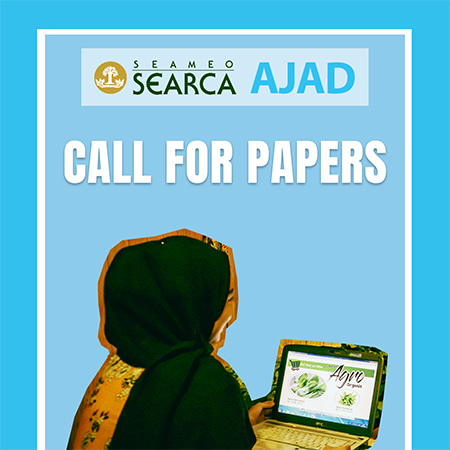- Paperback 2672-2313
- e-ISSN 2672-2305
Geographic Information System (GIS) and Remote Sensing (RS) are widely used as effective and versatile tools for evaluating, managing, and monitoring of natural resources and the environment. These technologies offer a platform for improving agricultural policy and water governance. They provide a lens to understand different objectives and create an environment for collaboration and a framework to support decisions for the sustainable use, allocation, protection, and management of water resources.
This paper aims to describe and underscore the significant role of GIS and RS technologies as an integrative platform toward improved water governance and agricultural productivity and policy. It also seeks to highlight case studies wherein GIS and RS had played a significant role in a better understanding of the regional surface and groundwater dynamics, the susceptibility of groundwater resource to extreme hydrologic events, as well as the technologies’ potential cascading impact on agricultural policy and water governance.
The different case studies presented in this paper indicate the importance of GIS. When combined with hydrologic models, it provides a valuable platform for addressing different water resources issues and concerns, such as water quality, groundwater movement, groundwater contamination, river restoration, flood prediction, and management at different scales. The case studies show the vulnerability of groundwater resources from a point and non-point pollution as well as from the unregulated use of the groundwater resource. Unregulated groundwater extraction beyond the safe yield of the aquifer system may result in groundwater mining, saline intrusion, and land subsidence. Nonetheless, the ability of GIS to map and delineate areas that are vulnerable to groundwater pollution or groundwater mining provides essential information that may serve as a basis for the development of a management plan to protect and ensure the sustainability of the groundwater resource.
On the other hand, the ability of RS technology to monitor crops using earth observation satellites offers a fast and reliable source of information that is vital for strategic policy decision making, technology deployment, disaster preparedness, and rapid response to emergency situations during natural calamities. The integrated application of GIS and RS technologies in drought monitoring, yield forecasting, crop condition monitoring, and production assessment, among others, have played a significant role in improving policy and have attracted governments, such as the Philippines, to invest in geospatial technology.
There are issues and challenges in harnessing GIS and RS technologies, particularly in developing countries like the Philippines. Among these is the lack of adequate funding and institutional support from top managers and decision makers to support the effective implementation of GIS and RS technologies. Likewise, the absence of policies and guidelines that regulates the production of maps and spatial data may result in the proliferation of maps not supported with complete spatial data. This could negatively influence GIS potentials in support of decision making. Thus, emphasis should be given to developing institutional policies and guidelines on the use of satellite technology as well as financial support and mechanism to boost the use of GIS and RS. Government support is crucial in the establishment of geospatial infrastructure and formulation of enabling policies that promote the continuous development of tools and systems, which contribute to improved productivity and to sustainable governance of resources.
Download for free
PDF format in this language: English


